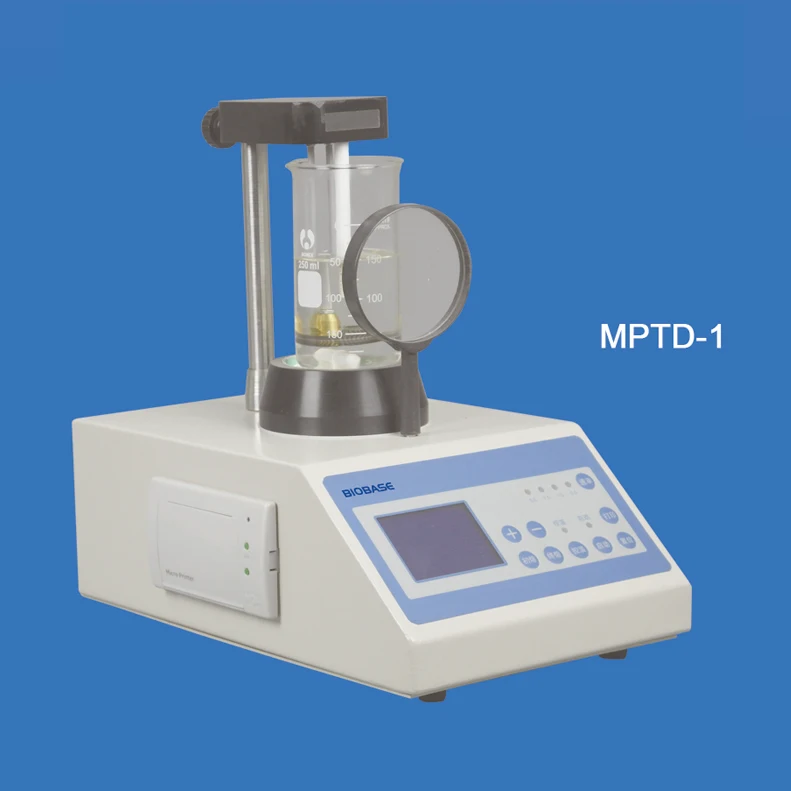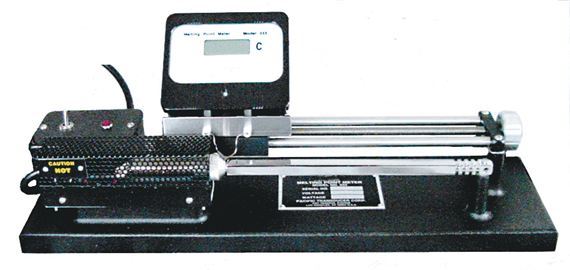
#Melting point meter manual

There are a few ways in which you can set up an experiment with the capillary method. This method involves placing the sample in a capillary tube and running an experiment that will heat the sample until it reaches the melting point. The most common and basic method of determination is the capillary method. The following are some measuring methods: Capillary Method There are a variety of methods that you can use to determine the melting point of a sample. Westlab Canada is committed to providing high-quality laboratory equipment and support to customers, including melting point apparatus, to aid in the effective and efficient completion of melting point analysis in the laboratory. Overall, melting point analysis plays a vital role in many different fields and helps to ensure the accuracy and reliability of laboratory results. This information is used in court as evidence to support criminal investigations.

The principle of melting point determination is simple: a sample of the substance is heated at a controlled rate, and the temperature at which the substance changes from a solid to a liquid is recorded. In general, substances with strong intermolecular bonds have higher melting points, as more energy is required to break these bonds and cause the substance to change from a solid to a liquid state. The melting point of a substance is determined by its molecular structure and the strength of the bonds between its atoms. A melting range is a difference between the temperature at which the sample begins to melt and the temperature at which the sample has actually melted.

This is due to most samples appearing to melt over a small temperature range. When measuring a melting point, you will generally find that it is recorded as a melting range rather than the exact melting point. It is used to identify a sample, establish its purity, and determine the thermal stability of the sample.

The determination of a melting point of a sample is a standard laboratory procedure and is relatively straightforward. Meanwhile, this guide covers the importance of melting point analysis, what determines melting points, sample preparation, and tips for conducting melting point experiments. The melting point of the substance is the temperature at which it changes from a solid to a liquid state and is determined by its molecular structure and the strength of intermolecular bonds. Melting point analysis is a crucial technique used in the laboratory for the identification of pure substances and the determination of sample purity.


 0 kommentar(er)
0 kommentar(er)
